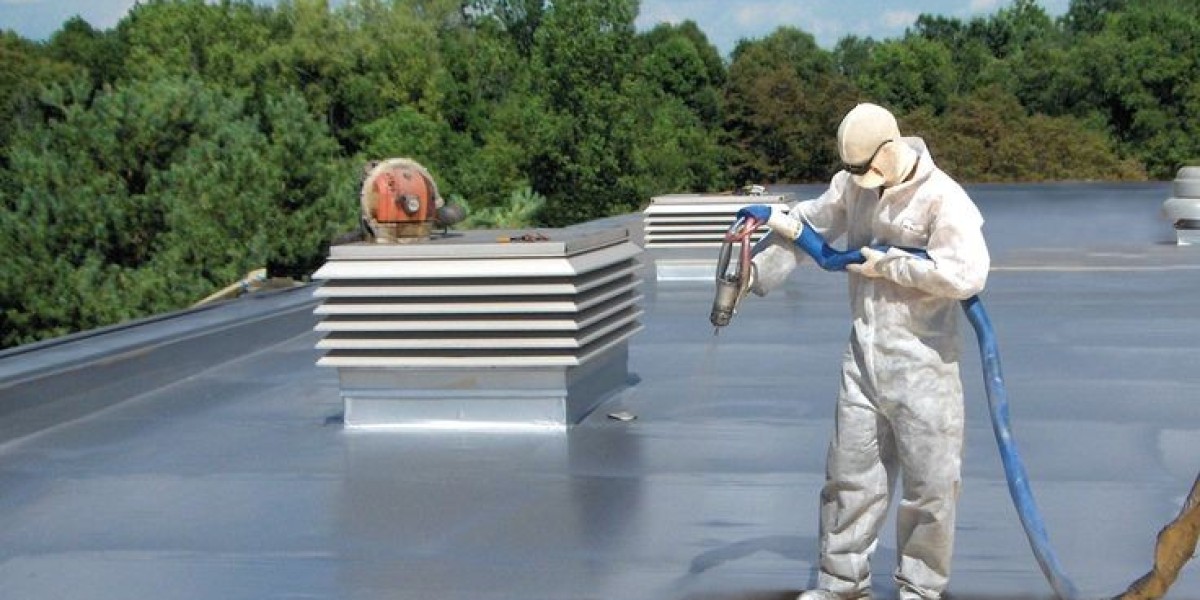Waterproof coatings play a vital role in protecting a wide variety of materials from damage caused by water exposure. Whether the goal is shielding buildings, vehicles, or other structures, waterproofing systems safeguard materials and extend their lifespan. This article will explore the types of waterproof coatings available, their composition and application methods, as well as end uses.
Types of Waterproof Coatings
There are several main categories of waterproof coatings differentiated by their composition and performance characteristics. Elastomeric coatings utilize polymers that remain flexible even after curing, making them well-suited for roof coatings and other applications subject to movement. Bituminous coatings are made from asphalt or tar substances and are known for their high durability, especially for underground applications. Polyurethane coatings offer excellent bonding, flexibility and moisture resistance for protecting structures. Cementitious coatings use cement or concrete as the primary binder and are commonly used for waterproofing foundations and basements. Epoxy coatings employ epoxy resins and hardeners to form very durable, chemical-resistant barriers ideal for industrial situations.
Formulation of Waterproof Coatings
Regardless of type, all Waterproof Coatings aim to form an impermeable barrier through their formulation. Primary components include resins, polymers, or other binders that hold the coating together. Pigments are added for color and often ultraviolet stability. Reinforcing fibers or meshes can improve crack-bridging capabilities. Coatings may also contain aggregates, thickeners, plasticizers and other additives to achieve the desired performance characteristics. Proper formulation is critical to develop features like flexibility, adhesion, moisture resistance and longevity under water exposure conditions. Modern coating technologies incorporate advanced polymers and nano-materials to push the boundaries of waterproofing effectiveness.
Application Methods for Waterproof Coatings
Application of waterproof coatings depends on the material or structure being protected as well as the physical properties of the coating. Common techniques include spray, roller, brush and trowel application. Surface preparation such as cleaning, priming and patching is paramount for proper adhesion. Multiple thin application coats are usually better than one thick coat for barrier integrity. Specialized methods involve spray foam application, torch application of bituminous membranes or spray application of liquid rubber coatings from tanks. Coatings may be applied over new construction prior to backfilling or on existing materials as a remedial waterproofing measure. Proper application and inspection helps ensure long-term protection.
End Uses for Waterproof Coatings
The versatility of waterproof coatings enables protection in a wide range of end uses. Common structural waterproofing applications include below-grade walls, foundations, planters, tunnels and subways. Roof coatings provide weatherproof barriers, while tank and reservoir coatings prevent leaks. Concrete waterproofing extends structure lifespan. Coatings protect infrastructure like bridges and water retaining structures. In industrial settings, they protect equipment, pipes and steel structures. The building envelope of structures utilizes waterproofing for below-grade areas, plaza decks, balconies and roofing. Coatings are also crucial for protecting vehicles, ships, aircraft and other transit equipment from water damage. From architecture to infrastructure to transportation - waterproof coatings enable structures and equipment to withstand exposure to water.
Quality Control for Waterproof Coatings
Maintaining high quality is necessary with waterproof coatings, as any defects could lead to water intrusion or premature failure. Coating manufacturers implement strict production quality control measures covering raw materials, processing methods, coating properties, testing and packaging/storage. Projects require inspection of surface preparation prior to application. Coating application must follow specifications regarding methods, thickness, climate conditions and curing. Independent laboratory testing helps confirm performance properties match requirements. Non-destructive testing using vapor probes can examine coating integrity with no damage. If defects are identified, repairs follow practices to reinstate the barrier without compromising the system. Overall, diligent quality practices throughout the coating life cycle safeguard the protection it provides.
It play an indispensable role in protecting structures, infrastructure and equipment from water damage by forming impermeable barriers. Ongoing advancements in coating technologies continue to improve moisture resistance, flexibility and longevity of protection. Careful material selection, application methods and quality control ensure waterproof coatings fulfill their purpose of safeguarding materials from the damaging effects of water exposure for many years into the future. Proper specification and use of coatings enables designers and builders to develop projects with confidence, even in challenging waterproofing situations.
Get More Insights on Waterproof Coatings
Select the language you're most comfortable with-
About Author-
Ravina Pandya, Content Writer, has a strong foothold in the market research industry. She specializes in writing well-researched articles from different industries, including food and beverages, information and technology, healthcare, chemical and materials, etc. With an MBA in E-commerce, she has an expertise in SEO-optimized content that resonates with industry professionals. (https://www.linkedin.com/in/ravina-pandya-1a3984191)










